Do you want to remove the aluminum soffits, yet you're worried that you may damage them? Put your worries away! We've researched the steps on how to remove the soffits carefully.
Removing an aluminum soffit takes some work, but you can do it by following these steps:
- Remove any obstacles covering the soffit, such as gutters or fascia.
- Remove the screws and nails holding the soffit in place.
- Detach the soffit carefully by swinging the edges.
- Cover the edges and corners of the soffit to protect it.
- Put the soffit in a safe place.
In this article, we'll discuss the proper way of removing the aluminum soffit and how significant the soffit is for ventilation. We'll also tap into some related information you can rely on. Read on to learn all about it!
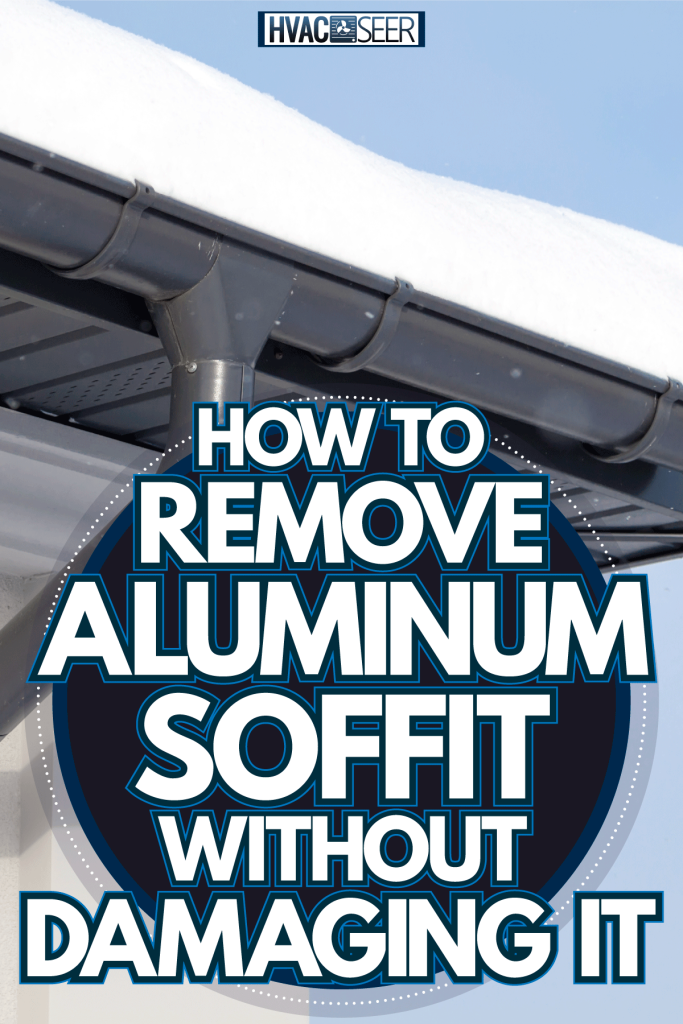
About Removing Aluminum Soffit
Soffits are an essential part of home siding that allows ventilation to the attic. Should you need to remove it, always do so carefully so you can put it back in again. Let's look at each of the steps for removing a soffit in more detail.
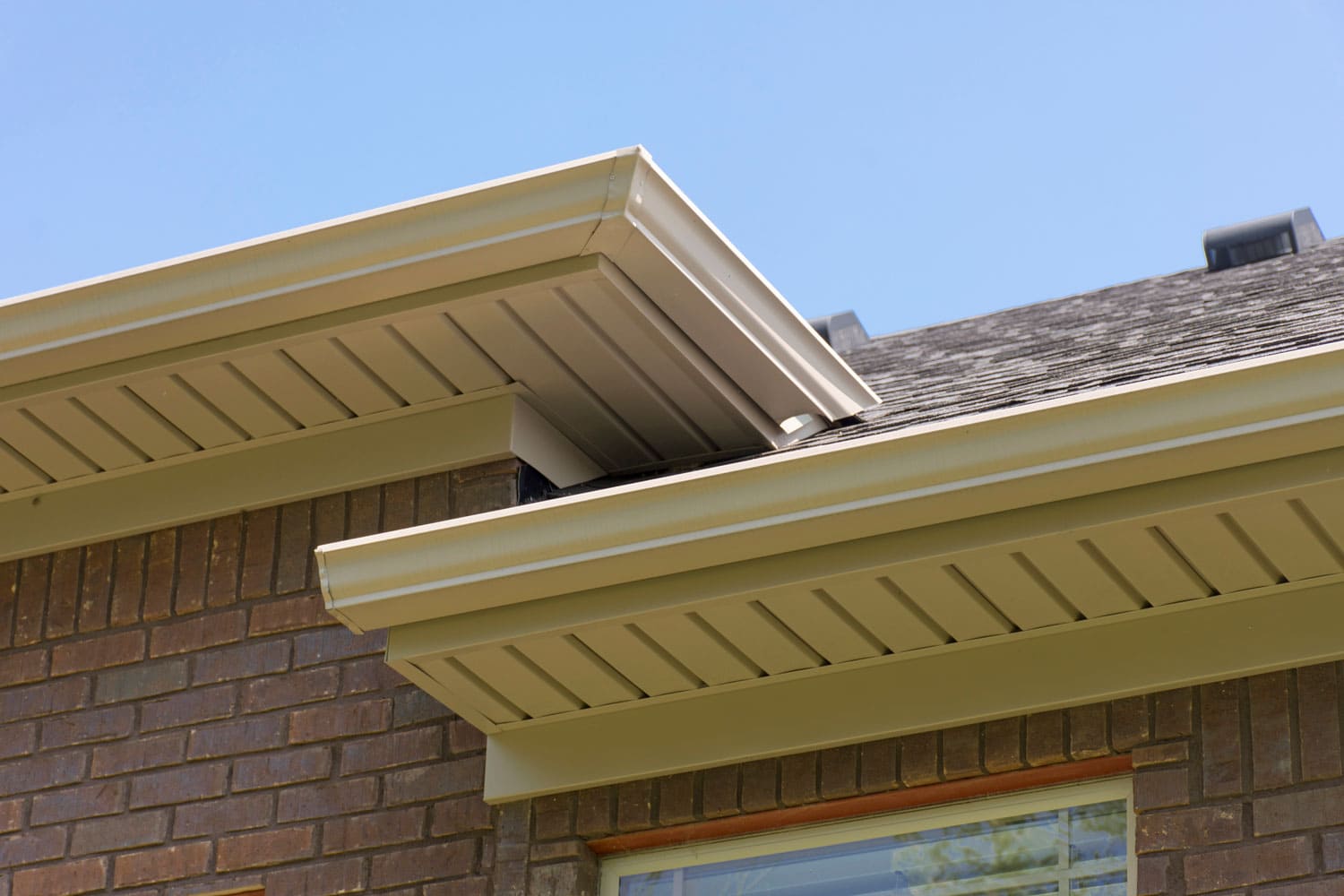
Remove Obstacles
Usually, there are obstacles covering the soffit, like gutter pipers or fascia boards. A fascia board is part of the attic's exterior along the roof side. It protects the gutter, rafters, and soffits. Also, the fascia board seals the soffits in place.
You need to remove them first before you can start removing the soffit. This is to assure that the soffit will be safe from damage.
Remove Screws and Nails
You may use a screwdriver or a hammer's tail to remove screws and nails. Take care when removing them because you'll need them again when you replace the soffit.
See this screwdriver on Amazon.
Detach the Soffit
Starting from the corner to the edge, detach the soffit. Do not start by the edges, as this may damage the soffit. Also, use gloves when removing the soffit to avoid injury.
Cover the Edges and Corners
After removing the soffit, cover the edges and corners with protective materials like cloth or paper. This is to maintain the quality of the soffit while you wait to put it back.
Keep the Soffit Safe
Place the soffit in a dry area away from children. Do not keep it in high places to avoid breaking it when it falls down.
Tools for Removing Aluminum Soffit
You'll need the following tools when removing the aluminum soffit. These tools are mostly available in hardware and repair shops.
Ladder
You need a ladder to climb up and reach the soffit. If you don't have a ladder, you can use a chair or any flat material if the soffit is not too high.
Mask and Gloves
Mask and gloves should come together for your protection. The soffit may be dusty upon removal. So, wear a mask and gloves to avoid inhaling harmful dust particles.
See this gloves set on Amazon.
Screwdriver Or Crowbar
Most homebuilders use a screw to pin the soffit, especially if the house is made of wood. However, some do opt for nails.
You can use a screwdriver to remove the soffit from its place. You may also use a hammer's tail or a crowbar to remove nails.
See this small crowbar on Amazon.
Soft Cloth or Box
Soft cloth is very good at protecting the edges and corners of hard materials, including aluminum soffit. To cut the cost, you may use a bed sheet to cover a bundle of soffits at once. You could also use recycled boxes.
What Can Aluminum Soffit Do?
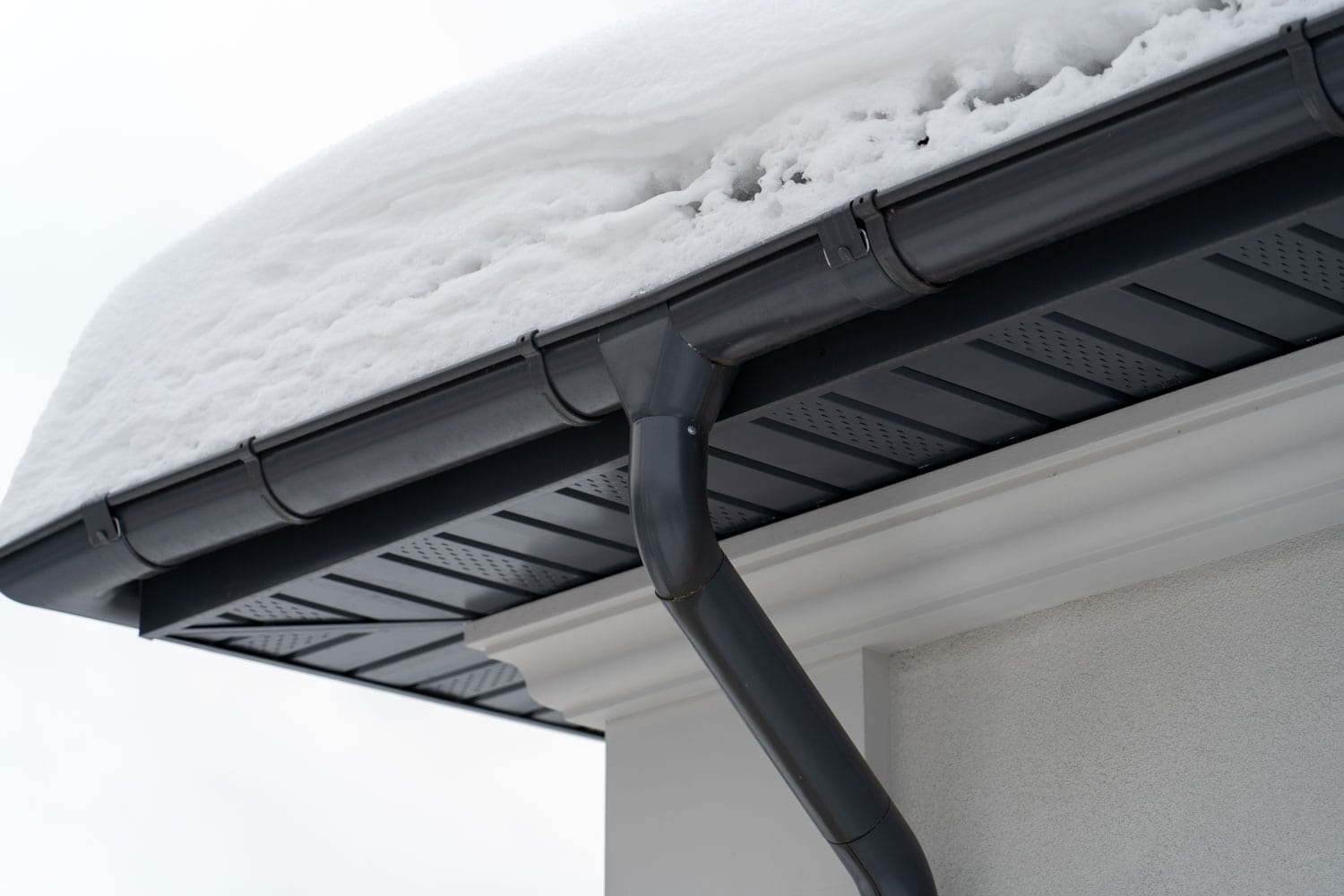
Soffits, in general, can maximize the efficiency of ventilation in the attic. Homebuilders install soffit under the roof, letting the air pass through the attic and out the exhaust.
The aluminum soffit improves both the air circulation and temperature. The metallic surface of aluminum can absorb heat, which helps in warming up the room in the colder seasons.
See this aluminum soffit on Amazon.
Aluminum vs. Vinyl Soffit
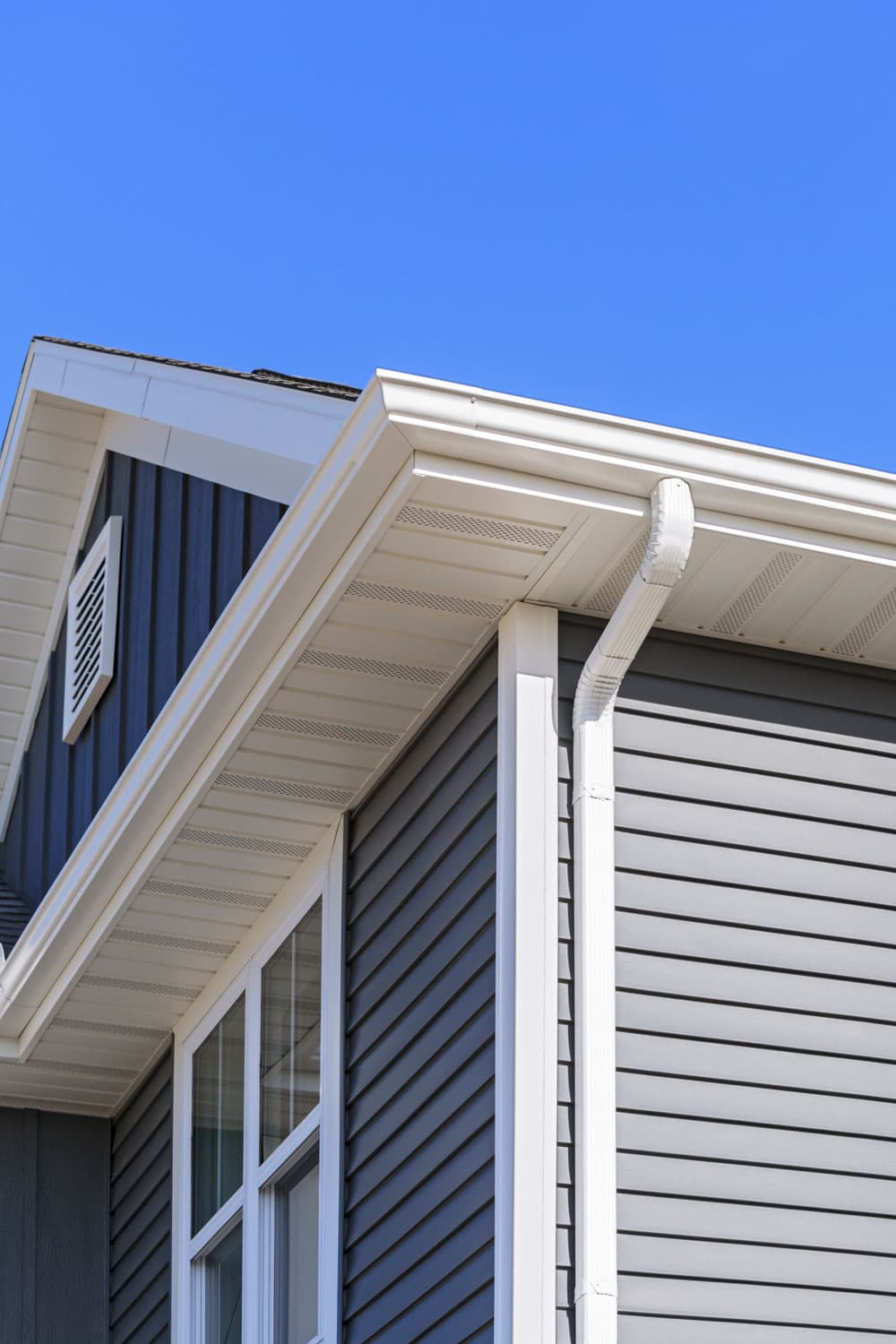
Aluminum and vinyl are the two most common materials for soffit. Both have some advantages and disadvantages.
Aluminum soffit offers better moisture protection. Additionally, aluminum soffit does not discolor, unlike the vinyl soffit. And if you want to lower the cost, aluminum soffit is usually cheaper.
Vinyl soffit, on the other hand, is less likely to dent or crack. It also conducts heat less than aluminum, making it a good choice for hotter climates. Vinyl also has the advantage of coming in different styles and colors to match your home.
Vented Vs. Solid Soffit

A vented soffit allows air to come inside the attic and improves air circulation. Contrary to a solid soffit that blocks the air from entering,
A vented soffit is more practical compared to a solid one. However, a solid soffit is good if you're using an air conditioner. This is to ensure that the temperature inside is controllable.
You need a vented soffit if you have a ridge vent or turbines on the roof. This is to allow the air to exhaust through the vents. In the absence of an air exit, the air pressure will increase.
How Many Soffits Do You Need?
You can install a minimum of three soffits on every adjacent wall of your house. Just count how many external walls your house has and multiply it by three. That would be the least number of soffits the attic overhang should have.
However, the number of soffits may be less or more depending on how large the house is. You may consult your homebuilder to give you an accurate count.
How Long Does an Aluminum Soffit Last?
Aluminum soffit can last for 15-20 years depending on the extreme weather and materials in the house's foundation.
Tools to Clean the Aluminum Soffit
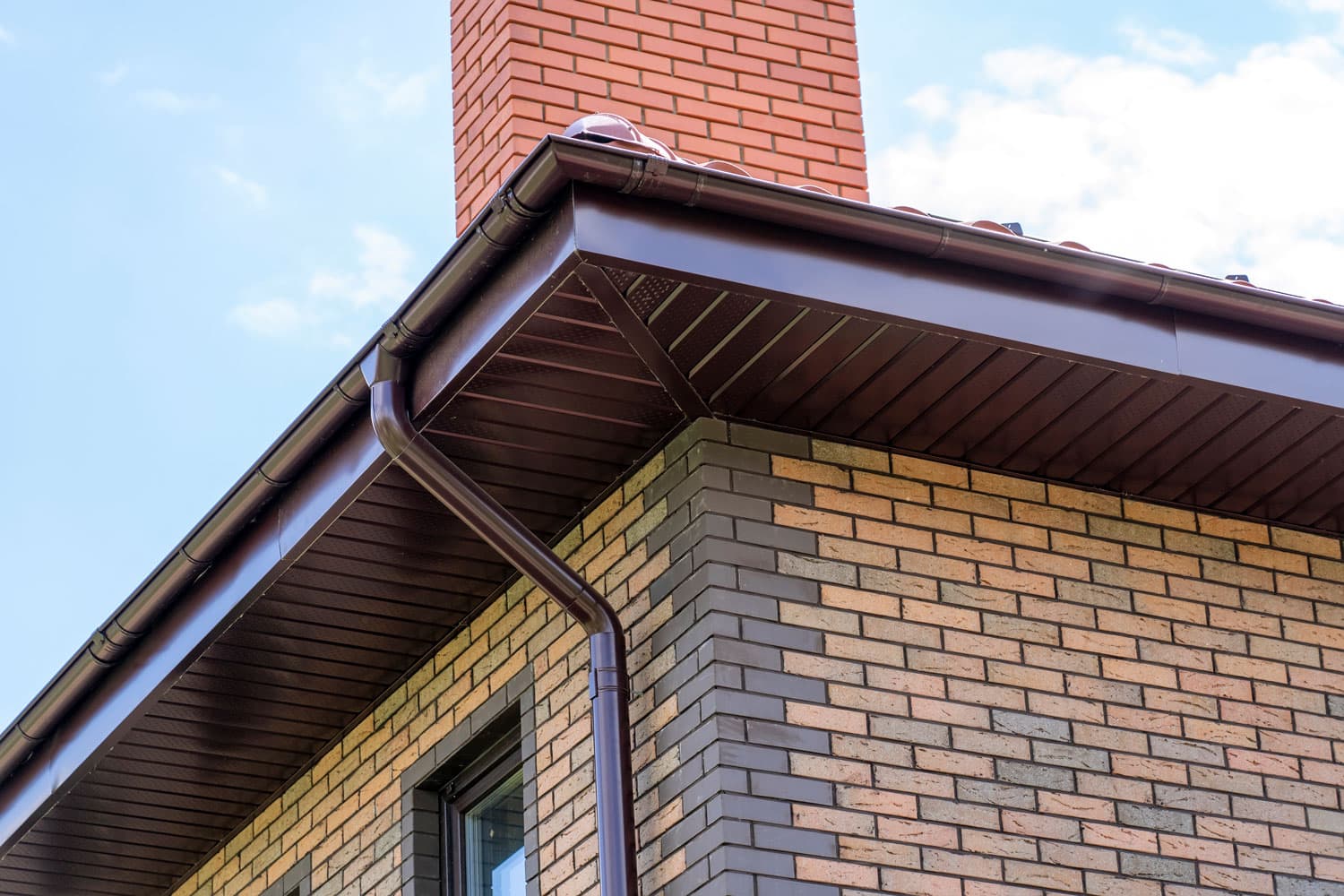
Cleaning the soffit before you put it back is a wise decision. Here, you'll find everything you need to clean aluminum soffits.
Detergent Soap
Prepare a detergent soap either powder or liquid. This helps eliminate the dirt and improves the smell.
See this detergent powder on Amazon.
Water
You may use lukewarm water to soften the dirt faster. To help conserve water, use a basin.
Bleach
You can add bleach to ease the cleaning. Avoid using too strong bleach as it can cause discoloration on the soffit.
Avoid any skin contact with bleach and, in case of accidental contact, rinse off the bleach with water immediately.
Gloves
Always wear gloves to protect your hands from irritation and peeling. It's recommended to use rubber gloves to prevent exposure to harmful chemicals.
See this pack of gloves on Amazon.
Scrubbing Brush
You need a scrubbing brush to scrape off the thickened dirt. Be gentle when scrubbing to avoid scratching the soffit's surface.
Soft Cloth or Rag
Use a soft cloth to wipe the soffit dry. Reusable rags are more eco-friendly compared to paper towels.
See this cleaning rag on Amazon.
How to Clean an Aluminum Soffit
Cleaning the soffit helps improve ventilation by removing the dirt that blocks the airflow. See below for steps to clean the soffit.
- Once you remove the soffit, place it in a basin with water and detergent soap.
- Scrub the soffit on the edges and corners.
- In a separate basin, wash the soffit with water to remove excess soap.
- Wipe the soffit with a soft cloth.
- Dry the soffit before you put it back together for installation.
How to Re-install Aluminum Sofft

Re-install the soffit by simply reversing the steps to remove it.
Should you need to re-install the soffit, just follow these steps:
- Align the soffit based on its original position, so you don't have to measure it again.
- Check the nails and screws to see if you can reuse them. Replace them if they're too weak.
- Put back the soffit. Use a rubber mallet instead of a metal hammer to avoid creating dents on the soffit.
- Lock the soffit into the fascia by bending the corners and edges based on the original shape when you first removed the soffit.
- Repaint the soffit, including the fascia board.
Can You Paint Soffit?
Yes, you can paint the soffit. It's recommended to use acrylic paint, as oil paint takes a long time to dry.
See this acrylic paint on Amazon.
It's best to paint in dry weather to ensure that no moisture will mix with the paint. Painting in wet weather can result in bulging paint that rips off.
You'll want to paint the soffit upon completing the installation of the fascia board.
Conclusion
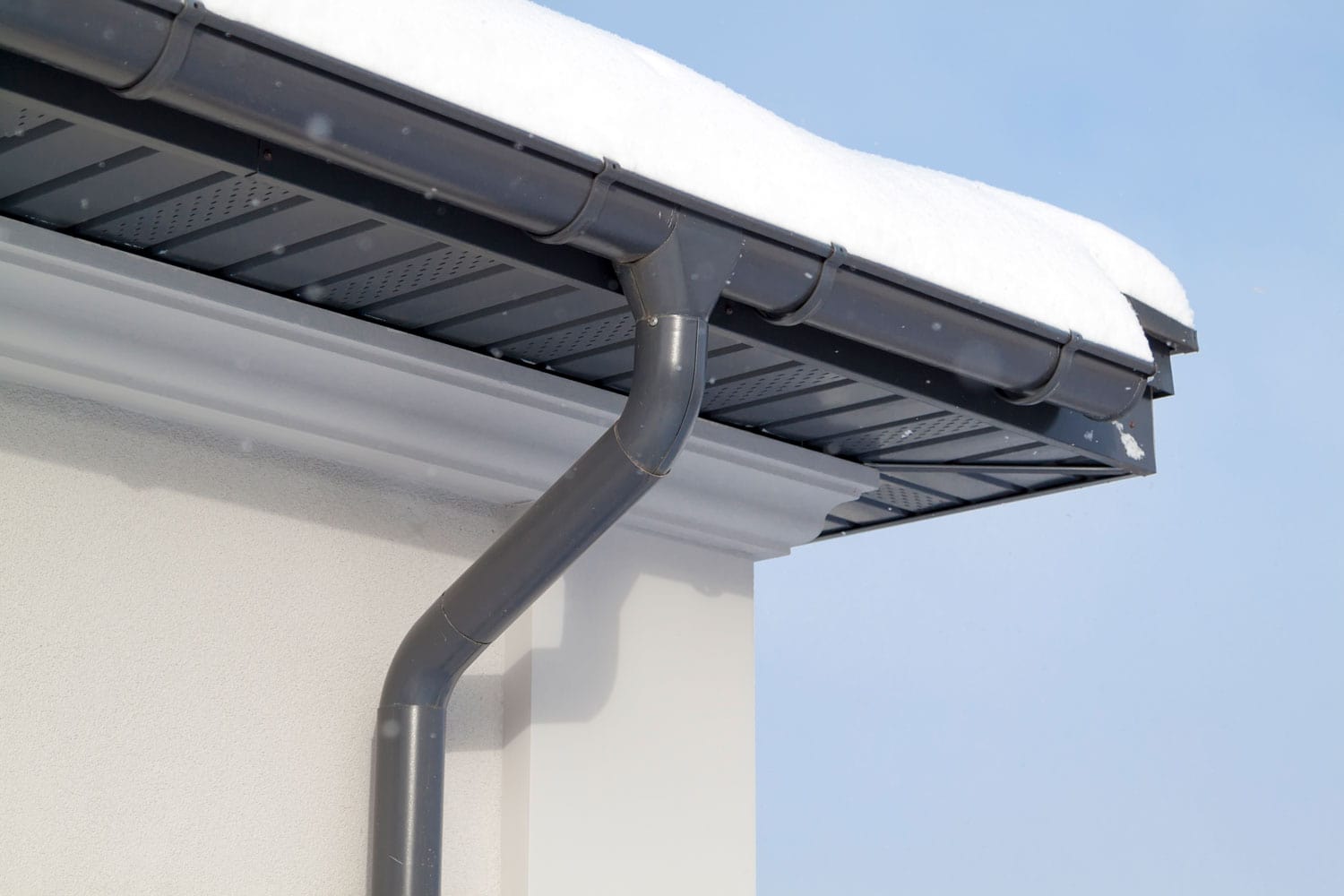
We learned the steps to removing aluminum soffits safely without any damage. We also learned about the cleaning and re-installation of soffits.
We've discussed the differences between vented and solid soffit as well as vinyl and aluminum.
Use the knowledge you gained from us, and keep the soffit in good condition until you put it back.
Looking for more information? Check out these great articles:
Can You Paint Vinyl Soffit And Fascia [And How To]
Can You Install A Soffit Without Fascia?












Great information, can I start in the middle of the wall? Thank you very much…!!!